Bosch: Future urban mobility must be centred on people
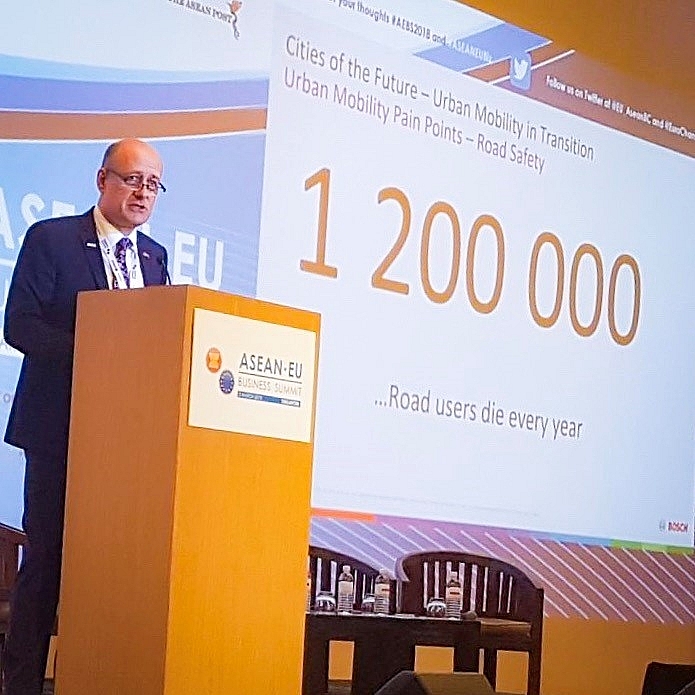 |
| Martin Hayes, president of Bosch in Southeast Asia, making his keynote address at the EU-ASEAN Business Summit in Singapore |
These alternative mobility models for cities are becoming increasingly vital to sustain the quality of life.
According to the United Nations’ World Cities report of 2016, an estimated 54.4 per cent of the world’s population—or roughly four billion people—lived in urban settlements.
It is estimated that by 2030, there will be at least five billion city dwellers on the globe and in the ASEAN alone some 90 million people will move into cities—approximately 57 million of whom will belong to an aging population that continues to grow at an unprecedented pace.
“Bosch believes that in order to sustain quality of life, alternative mobility models for cities are becoming increasingly vital, and governments, the industry, and the public can work together in making a difference in developing a future urban mobility landscape,” said Martin Hayes, president of Bosch in Southeast Asia, in a keynote address at the EU-ASEAN Business Summit in Singapore yesterday.
Bosch’s vision of future urban mobility is driven by the belief that systems and solutions must be centered on people—how the needs and well-being of citizens can be addressed, and how involving the community in shaping change can positively affect the mobility environment.
Stress-free mobility is flexible mobility
One of the factors that impedes productivity and economic growth is congestion. With nearly 650 million inhabitants, the ASEAN accounts for 8.6 per cent of the world’s population and put approximately 12.8 million new two- and four-wheel vehicles on the road in 2017 alone.
With the rapid growth, especially in the two-wheeler segment, this simply means that traffic infrastructures have become overstretched and that in most cases, private vehicles are the only form of transport.
Bosch’s pragmatic approach to stress-free mobility is one in which city-dwellers are able to plan their journeys flexibly—whether by four or two wheels, rail or even ridesharing, which makes transport more accessible and cost-effective.
Most recently in February, Bosch acquired US carpooling start-up SPLT (Splitting Fares Inc.) and has officially entered the ridesharing business. Designed especially for commuters, SPLT uses an app that connects people from the same organisation who share the same routes to their place of work or study.
In 2016, Bosch debuted the COUP e-scooter sharing service, which offers a simple alternative to public transportation, private cars or taxis.
Already on the road in Berlin and Paris, the eco-friendly scooters will be coming to other interesting cities throughout the course of the year, starting with Madrid. Thanks to the COUP app, users have no problem finding and booking the nearest available e-scooter and setting off immediately.
These flexible approaches using Bosch’s expanding connectivity-based portfolio will help provide a framework for stress-free mobility of the future.
Accident-free mobility is automated mobility
Road accidents are currently the ninth leading cause of death across all age groups, and is predicted to move up to the seventh place by 2030.
Nine out of ten of these fatal accidents around the world are attributed to human error, and a vehicle’s intelligent features and functions that will take over more tasks from the driver will help mitigate this risk.
Driver assistance systems
Urban mobility is highly complex and brings with it new risks. Groups that are particularly vulnerable in traffic situations are pedestrians and cyclists. Bosch’s new smart systems are equipped with radar sensors and video cameras, allowing them to detect these road users even in complex traffic situations.
The system will then warn the driver and even intervene if necessary. This is achieved in defined situations through the communication and interaction of a variety of components. The end result is the avoidance, or at least a reduction, of accidents in city traffic.
Safety is the cornerstone of automated driving
“Bosch believes that the most substantial impact that the auto industry can make is to produce safer vehicles equipped with modern safety systems,” said Hayes.
| Bosch believes that the most substantial impact that the auto industry can make is to produce safer vehicles equipped with modern safety systems. |
In 1978, the world’s first Anti-Lock Braking System (ABS) was introduced for passenger cars. A version for two-wheelers—motorcycle ABS—was introduced in 1995. ABS enables safe braking, allowing the driver to maintain steering control and in most situations shortens braking distance without skidding.
Bosch research estimates that if every powered two-wheeler were equipped with ABS, around one in four of all motorcycle accidents in the ASEAN countries could be prevented.
To further enhance safety in vehicles, the Electronic Stability Program (ESP®) went into series production in 1995. It comprises the functions of the ABS and detects skidding movements, and actively counteracts them.
With ESP® technology in place, 80 per cent of skidding accidents can be prevented, ultimately improving driver safety. ESP® is also the basic technology for many driver assistance systems and automated driving.
The UN General Assembly has proclaimed 2011 to 2020 as the Decade of Action for Road Safety and throughout the ASEAN, Bosch has been actively shaping change by working closely with governments, universities, and NGOs, with the goal of reducing road traffic accidents to the absolute minimum.
One effective way to achieve this is with the mandate to equip all new vehicles with ESP® as early as the next manufacturing cycle.
By June 2018, all new cars in Malaysia will be equipped with ESP®. Bosch believes that other ASEAN countries should have a strong interest to follow suit in order to substantially increase road safety.
Emissions-free mobility is electrified mobility
Bosch has committed to electromobility in a systematic, integrated manner, allocating significant parts of its seven-billion-euro R&D budget to ensure that powertrains are fit for the future, with environmental protection and resource conservation in mind.
The International Energy Agency (IEA) estimates that urban areas account for 67 per cent of energy-related global greenhouse gas emissions, 28 per cent of which is currently used for transport and without efforts to curb consumption and output, this will increase to roughly 70 per cent in 2050.
With battery-powered electric two- and four-wheel vehicles becoming a major fixture in the vehicle ranges of leading manufacturers, electrification is seen to become a favoured alternative in further reducing CO2 emissions.
“Cities around the world are rethinking urban mobility and actively promote the usage of alternative transport modes. These are often enabled by technology innovations that radically transform the way we travel. Commitment from the public, private, NGO, and government sector is instrumental in fulfilling the vision of a sustainable urban mobility,” Hayes concluded.
What the stars mean:
★ Poor ★ ★ Promising ★★★ Good ★★★★ Very good ★★★★★ Exceptional
Related Contents
Latest News
More News
- Crucial small business arena to receive reduced CIT boost (April 24, 2024 | 11:12)
- Gaw Capital bets on “China plus one” opportunities in Vietnam (April 24, 2024 | 09:00)
- Softening demand to limit 2024 trade (April 24, 2024 | 08:00)
- FPT partners with NVIDIA to shape the future of AI and Cloud on global scale (April 23, 2024 | 18:07)
- Beverage giant SABECO thirsty for $190 million profit this year (April 23, 2024 | 17:47)
- US government hosts AI workshop in Ho Chi Minh City with key partners (April 23, 2024 | 15:09)
- FPT sees strong growth in first quarter (April 23, 2024 | 14:49)
- Female influence still to be attained (April 23, 2024 | 10:59)
- Vietnamese plastic firms to cash in on global demand (April 23, 2024 | 09:00)
- E-records in health not yet up to scratch (April 22, 2024 | 09:28)



 Tag:
Tag: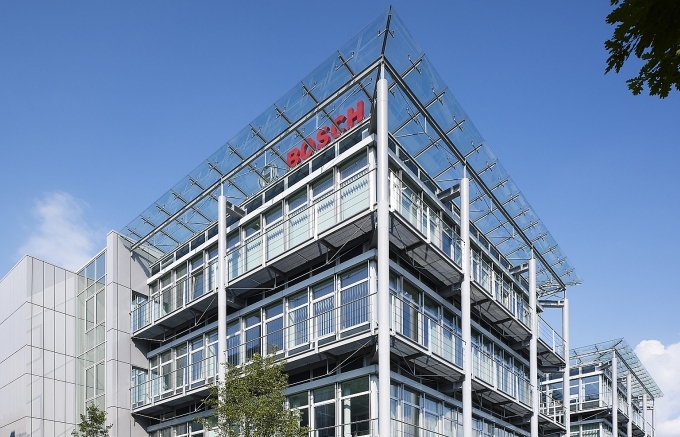
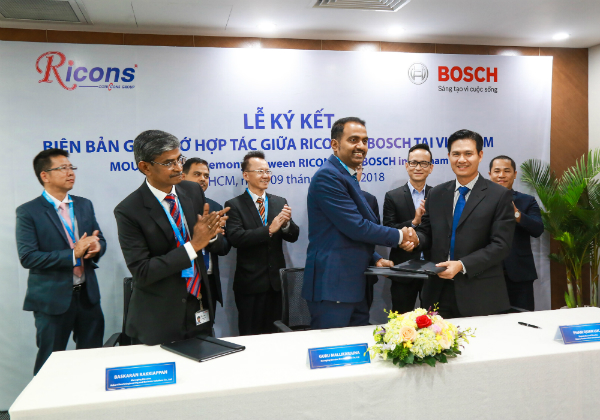


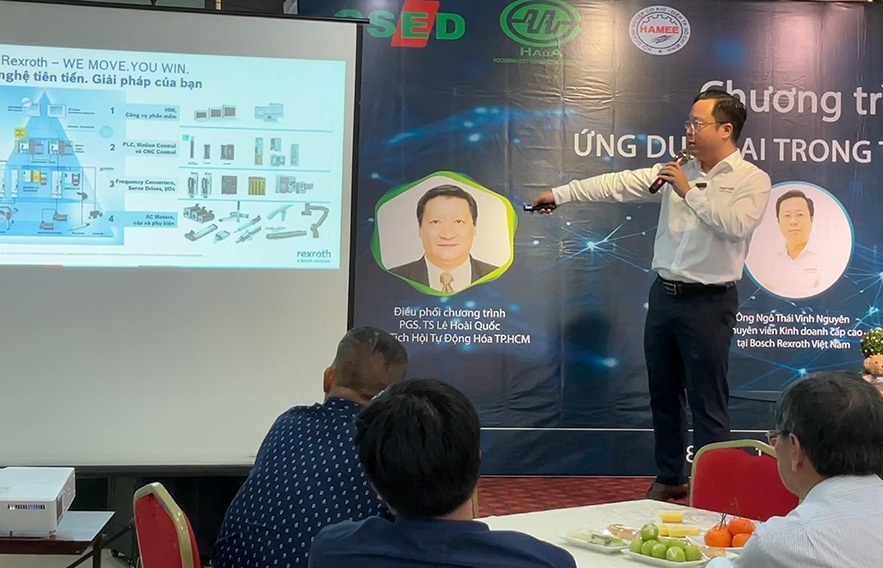
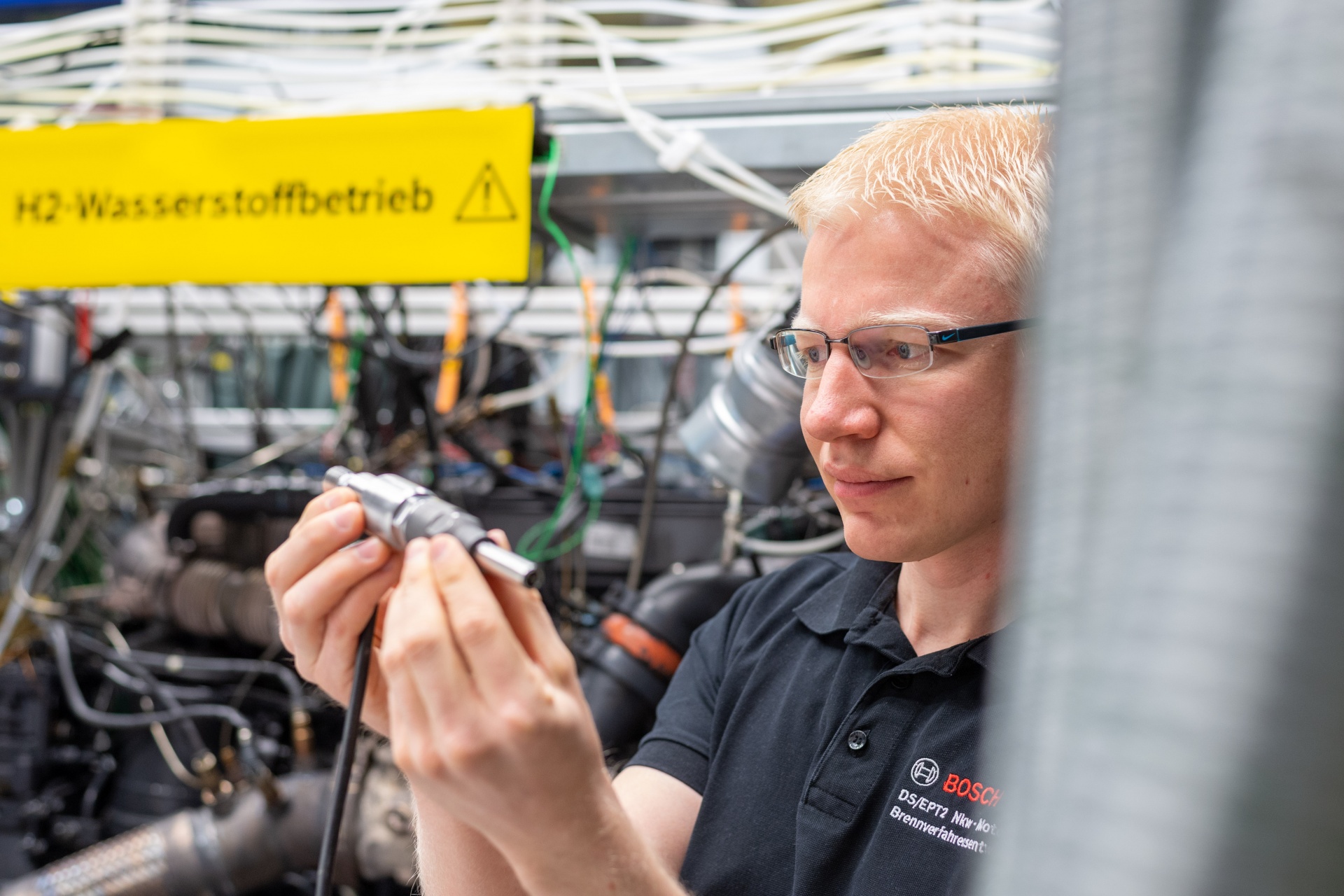
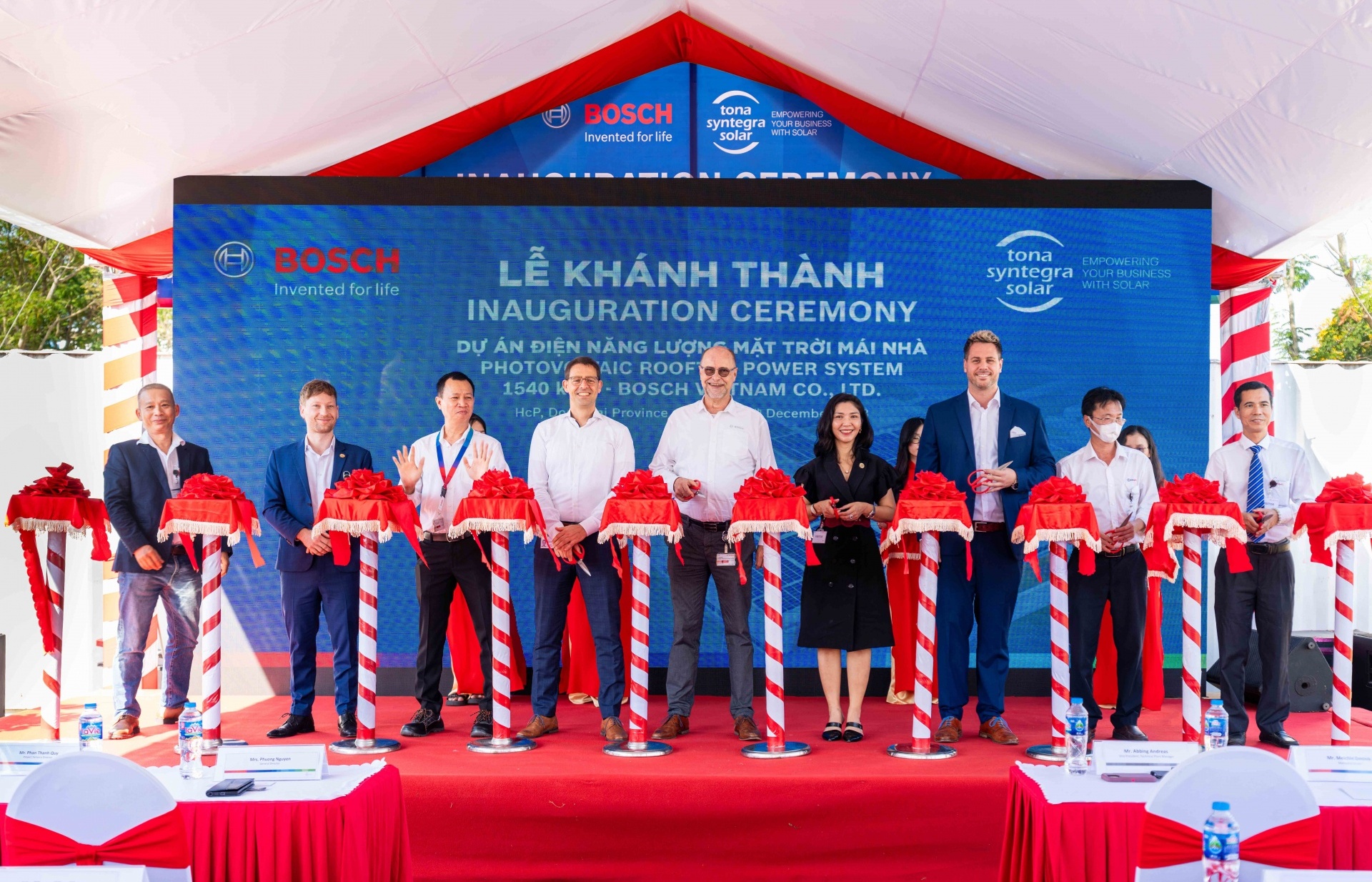
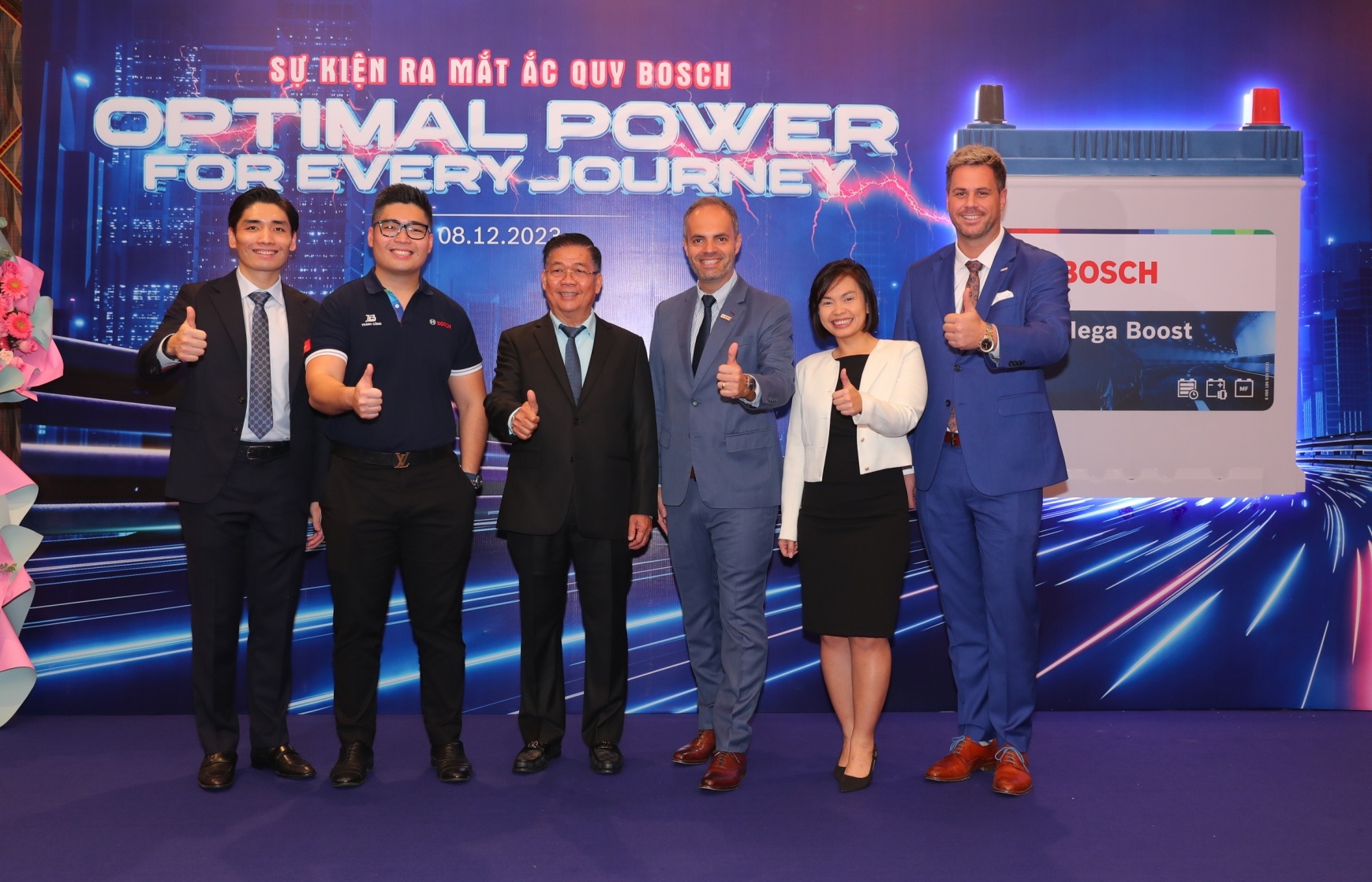
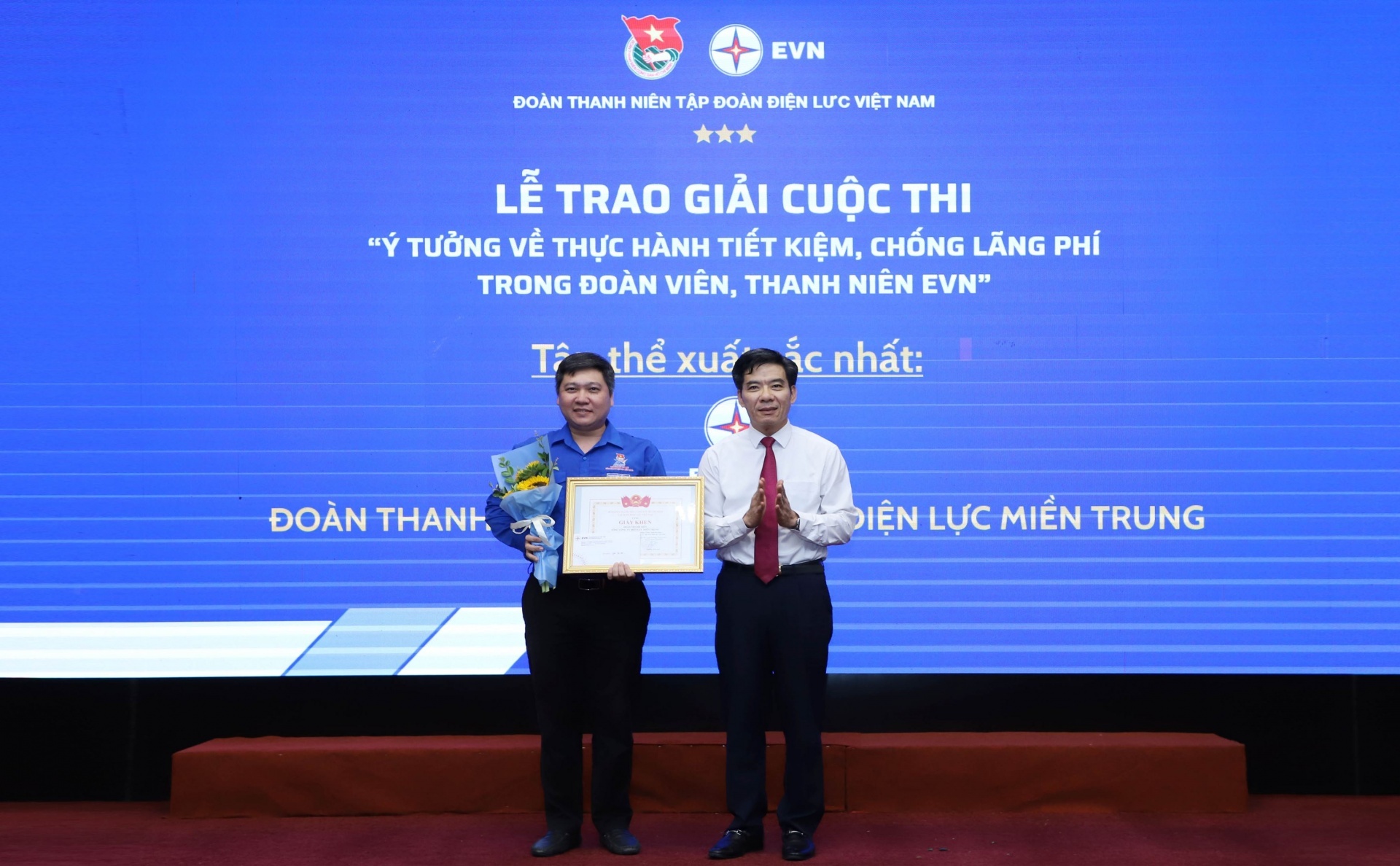

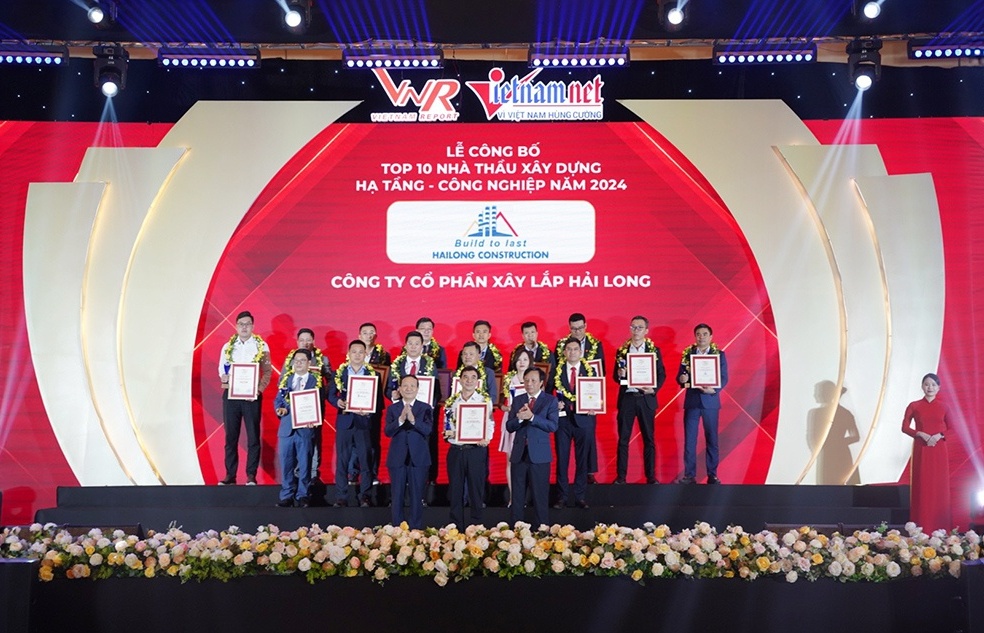
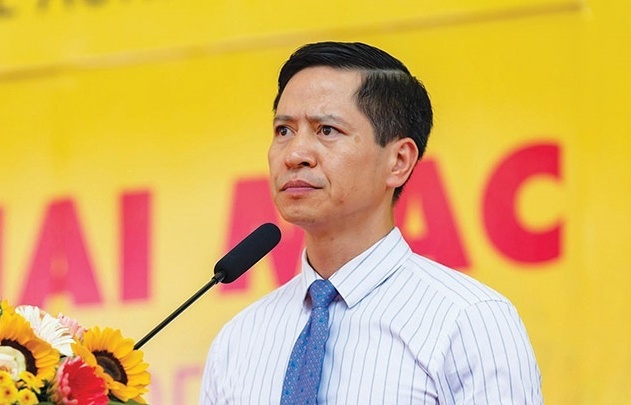
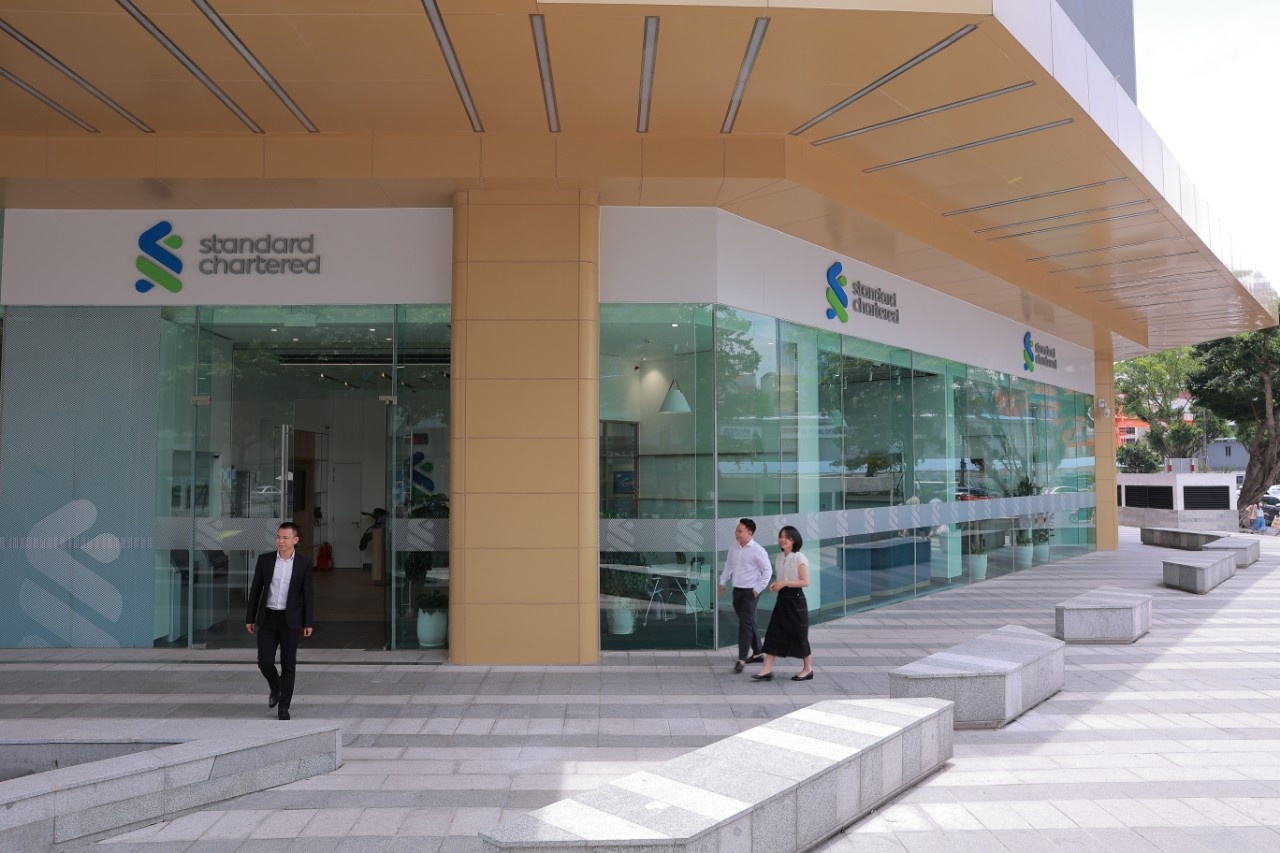
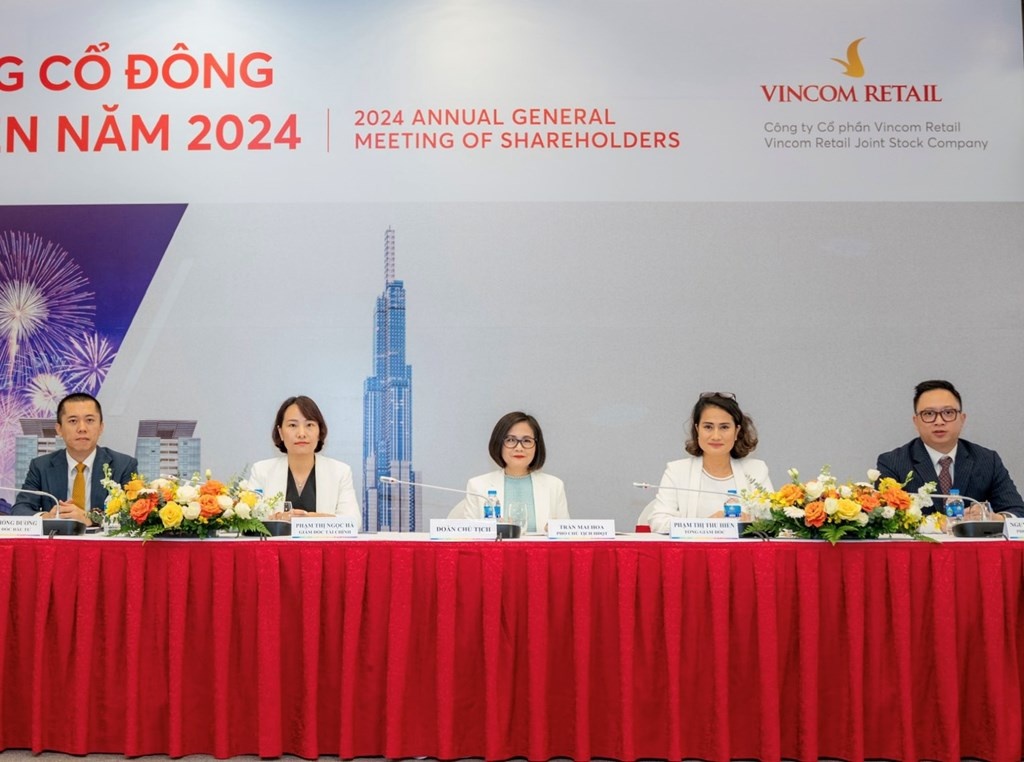



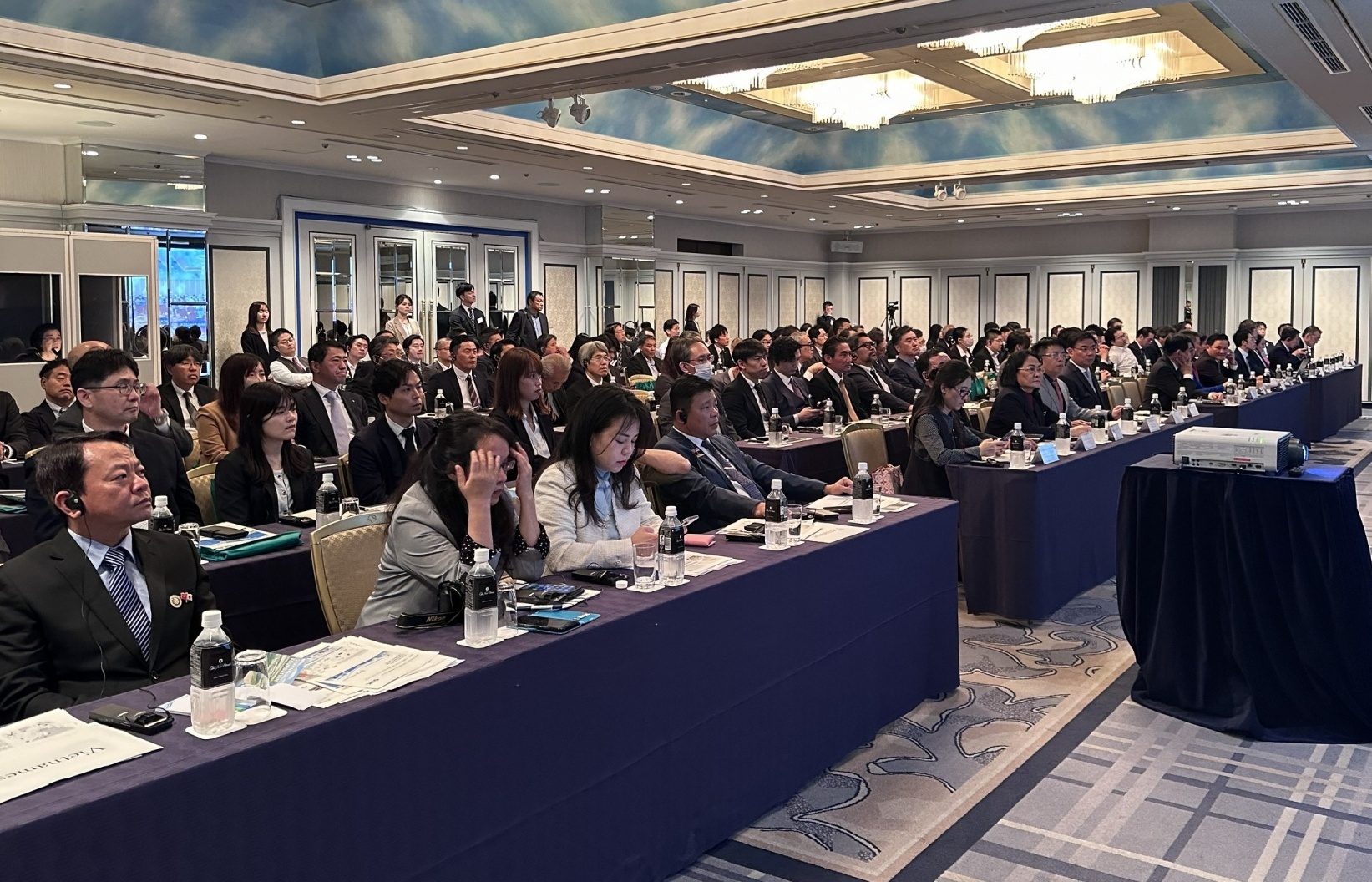



 Mobile Version
Mobile Version